It’s time to profile another spice so welcome to this month’s Spice Guide: Cinnamon! An incredibly versatile spice that is found in both sweet and savoury dishes from all parts of the world! So, let’s get learning shall we?
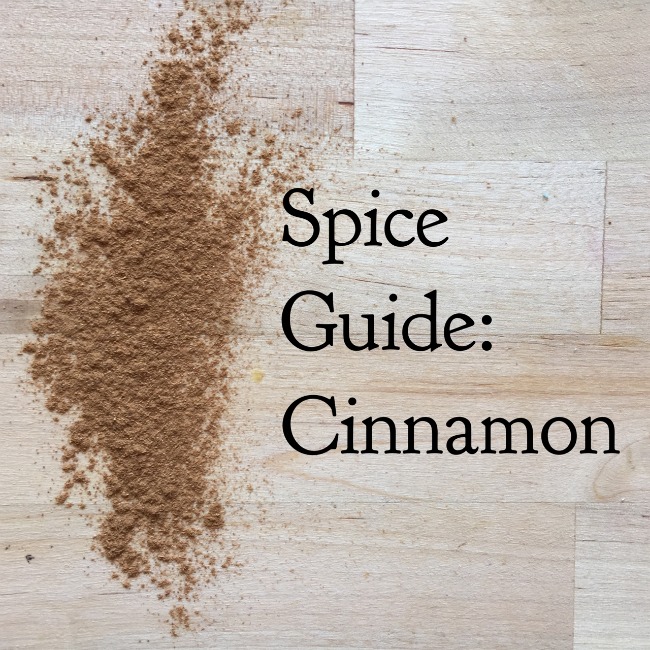
History of Cinnamon
There were four types of cinnamon that were historically used around the world, including cassia from Arabia, ‘true cinnamon’ from Sri Lanka and two varieties from India and China. It’s been used since ancient Greek and Egyptian times and was seen as a gift fit for royalty. It’s source was often kept a mystery through the spice traders which helped protect supply (and probably added to the allure!), but it is actually native to Bangladesh, Sri Lanka and parts of India and Burma. Cinnamon has been traded around the world and is mentioned in poetry, the bible and even in an inscription as a gift to the temple of Apollo.
Nowadays Sri Lanka produces around 80% of one common type of cinnamon, with Indonesia the largest producer of the other most common type.
Cinnamon’s Flavour Profile
The four species of cinnamon I mentioned previously each have a slightly different flavour profile. The four types are:
- Cassia or Chinese cinnamon
- Padang cassia or Indonesian cinnamon
- Vietnamese cassia, or Vietnamese cinnamon
- Sri Lanka cinnamon or Ceylon cinnamon
Chinese cinnamon has a strong, spicy but sweet flavour and the Sri Lanka cinnamon is a more delicate, light-flavoured version of this. Indonesian cinnamon is stronger than cassia and has a more bitter edge to it, with Vietnamese type the strongest, hottest version. The Indonesian and Chinese cinnamons are the most commonly used ground versions, but the others are usually not too hard to find either. In fact, it is the Sri Lankan version we usually find in quill form.
Each type is most obviously different when seen in the quill form:
- Chinese cinnamon is sold in broken pieces of thick bark as it is unable to be rolled and is a medium reddish-brown in colour
- Indonesian cinnamon is often sold in a neat quill made of one piece of bark, which is quite thick and therefore not suitable for grinding at home
- Vietnamese cinnamon is similar to Chinese in bark form, as it is not easy to roll
- Sri Lankan cinnamon is made up of lots of thin layers and is easily ground into a powder
Common Cuisines
There are a number of cuisines that have traditionally used cinnamon, including Mexican, Greek, Indian, Middle Eastern and North African Food.
It is used in sweet foods like apple pies, muffins, chocolate, cinnamon buns, porridge and with fruits but also in savoury meals like curries, with chicken or lamb, with beans, pumpkin and the like. It is used with lots of fruits like pears, figs, dates and peaches and in lots of drinks including coffee, tea, hot chocolate and mulled wine.
Common Spice Pairings
Cinnamon is one of the ingredients in 5-spice powder, and it pairs well with these spices:
- Allspice
- Caraway
- Cardamom
- Chillies
- Cloves
- Coriander
- Cumin
- Ginger
- Mint
- Nutmeg
- Star Anise
- Turmeric
Suggested Recipes
There are so many wonderful ways to use cinnamon it’s hard to know where to start! Let’s go savoury shall we? Here’s a recipe for a homemade, vegetarian friendly curry paste:
Combine all the ingredients in a bowl and stir well to combine. It makes a decent amount of curry paste but stores well in the fridge or freezer so you can have curry paste ready to go at all times! Yum!

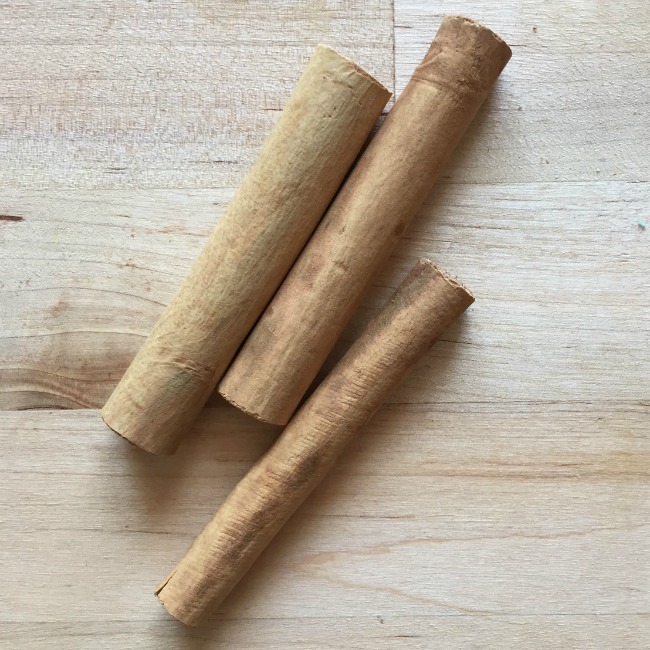
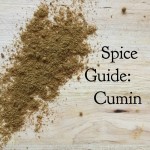
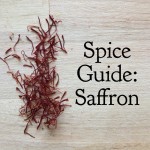
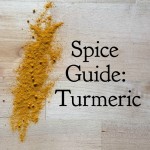


merilyn
April 16, 2016 at 2:46 pm (9 years ago)interesting thankyou liz!
I love anything to do with herbs and spices!
enjoy your weekend hun! love m:)X
I Spy Plum Pie (admin)
April 24, 2016 at 1:38 pm (9 years ago)Glad you found this interesting!
Shannon@ my2morrows
April 16, 2016 at 9:46 pm (9 years ago)My absolute fave of all the spices. So versatile. I had no idea there were so many types though. Very interesting. Xx
Shannon@ my2morrows recently posted…The Ultimate Rabbit Hole #63
I Spy Plum Pie (admin)
April 24, 2016 at 1:39 pm (9 years ago)It’s such a fab spice isn’t it! I use so much of it!